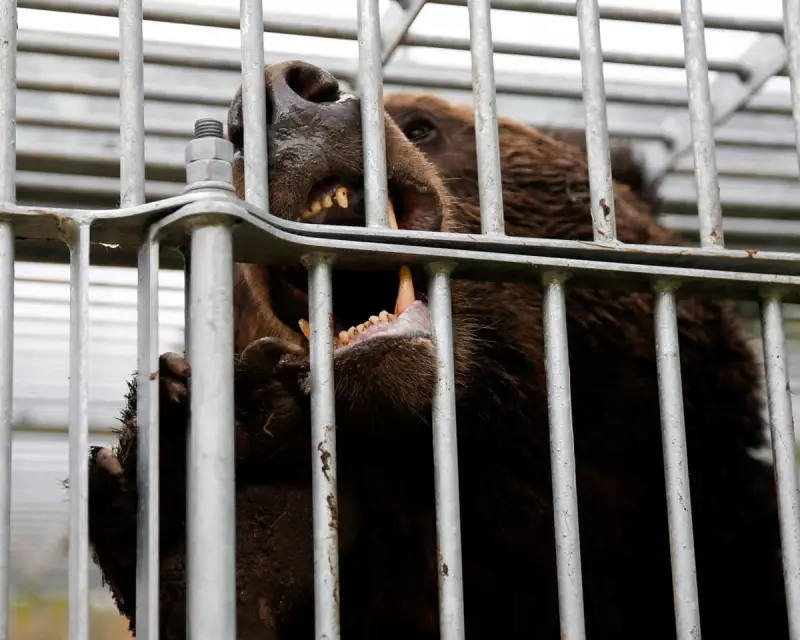
Japan is confronting an unprecedented wildlife crisis as the nation grapples with a shocking surge in bear attacks that has left authorities and communities reeling. The situation has escalated to such concerning levels that officials are treating it as a national emergency.
Record-breaking incidents spark alarm
Recent statistics reveal a disturbing trend: bear encounters have reached their highest level in years, with multiple fatalities and numerous injuries reported across rural and suburban regions. The northern island of Hokkaido and northern regions of the main island Honshu have been particularly affected, though incidents are occurring in areas previously considered low-risk.
The search for answers
Wildlife experts and government officials are urgently investigating what's driving this alarming increase in human-bear conflicts. Several theories are being explored:
- Food scarcity in natural habitats forcing bears to venture closer to human settlements
- Climate change impacts affecting traditional food sources and bear behaviour patterns
- Changing land use and urban expansion into traditional bear territories
- Population dynamics within bear communities that may be altering their movement patterns
Community response and safety measures
Local communities are taking extraordinary measures to protect residents. Towns and villages have implemented emergency warning systems, distributed bear deterrent equipment, and launched public awareness campaigns about safety protocols. Many areas have seen increased patrols and the installation of additional warning signs in high-risk zones.
"The frequency and severity of these encounters represent something we haven't seen before," noted one wildlife official involved in the crisis response. "We're dealing with a complex ecological puzzle that requires immediate solutions."
Long-term implications
Beyond the immediate safety concerns, the surge in bear attacks raises broader questions about human-wildlife coexistence in Japan. The crisis is prompting serious discussions about habitat preservation, wildlife management strategies, and how communities can adapt to changing environmental conditions.
As the investigation continues, authorities are urging residents in affected regions to remain vigilant and report any bear sightings immediately. The coming months will be critical in determining whether this troubling trend represents a new normal or an anomaly that can be effectively managed.





